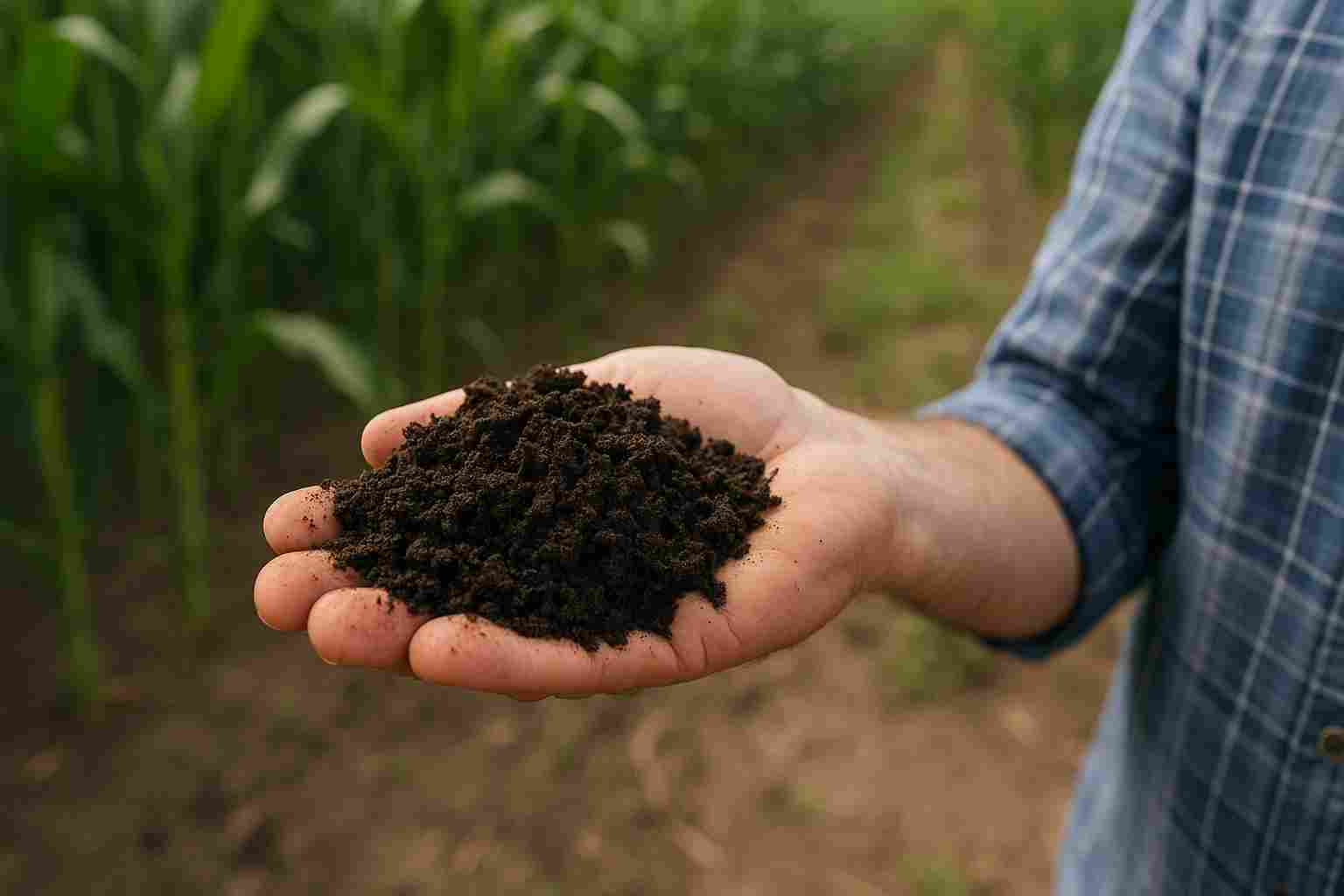


Humic acid is revolutionizing soil health and crop productivity, offering a sustainable edge in modern agriculture.
Humic acid is a natural organic compound formed by the decomposition of plant and animal matter over thousands of years. Found abundantly in humus, peat, and leonardite, it plays a significant role in improving soil structure, nutrient availability, and microbial activity.
Humic acid molecules carry a unique ability to bind minerals, making them more accessible to plant roots. This chelation process improves nutrient uptake and reduces the loss of fertilizers through leaching.
Unlike synthetic fertilizers, humic acid enhances soil’s natural functions without chemical residues, making it an essential element in organic farming and regenerative agriculture practices.
As farmers face soil degradation, nutrient depletion, and fluctuating weather conditions, the need for soil enhancers that work naturally has never been higher. Studies from the International Fertilizer Association report that over 33% of global farmland suffers from moderate to severe degradation, directly impacting productivity.
By promoting nutrient absorption and stimulating beneficial microbes, humic acid acts as a soil conditioner that restores degraded lands and boosts plant health.
Farmers are increasingly recognizing humic acid not only as a supplement but also as a vital component of integrated soil fertility management strategies.
One of humic acid’s key attributes is its ability to enhance soil aggregation, resulting in improved aeration, water retention, and root penetration. Well-aggregated soil resists erosion and compaction, critical factors for long-term agricultural sustainability.
Its cation exchange capacity (CEC) enhances the soil’s ability to retain essential nutrients, such as potassium, magnesium, and calcium, thereby keeping them readily available for plant uptake.
Microbial stimulation is another unique feature, as humic substances promote the proliferation of beneficial soil organisms that drive nutrient cycling and decomposition of organic matter.
Humic acid is versatile in application methods, making it accessible for various farming systems, from large-scale industrial farms to smallholder operations.
In many cases, farmers opt to purchase Humus Plant Growth Promoter as an integrated product that combines humic substances with other organic nutrients, thereby providing a synergistic effect on crop performance and soil health. This method often aligns with sustainable agricultural practices that aim to reduce chemical dependency.
The molecular structure of humic acid allows it to act as a natural chelator. It binds with micronutrients like iron and zinc, preventing them from becoming insoluble in the soil and ensuring continuous availability for plants.
Moreover, humic acid increases the bioavailability of phosphorus — a nutrient notoriously prone to soil fixation — ensuring it remains accessible during critical growth stages.
“The soil is the great connector of lives, the source and destination of all.” — Wendell Berry
Synthetic fertilizers immediately release nutrients into the soil, but they often result in long-term soil degradation, microbial diversity loss, and environmental runoff.
However, by working with the soil’s natural processes, humic acid increases nutrient efficiency and reduces need on heavy chemical inputs. It enhances fertilizers’ efficacy and environmental friendliness without totally replacing them.
Farmers usually observe higher fertilizer use efficiency when humic acid is combined with conventional fertilization, which reduces expenses and boosts crop yields.
